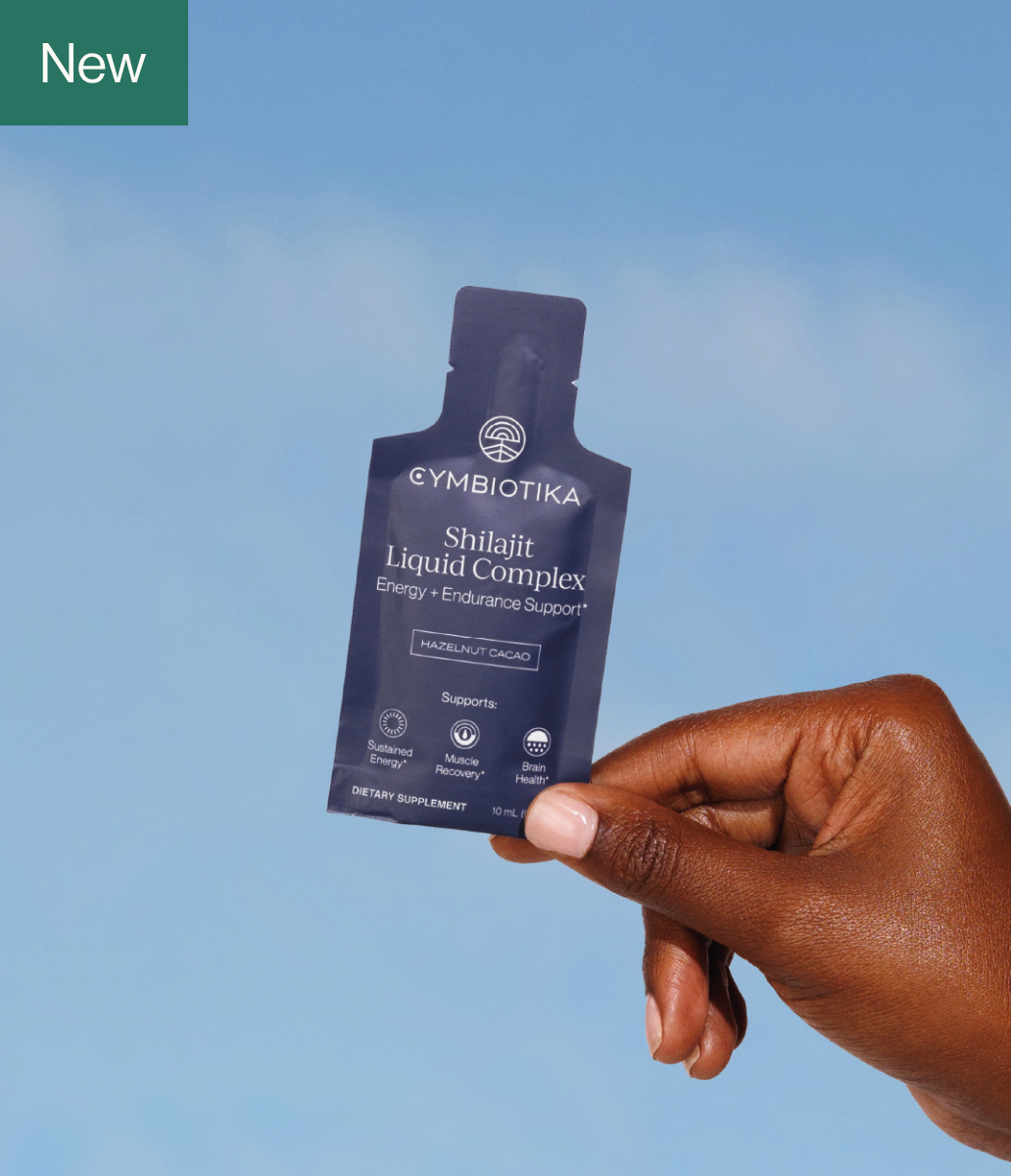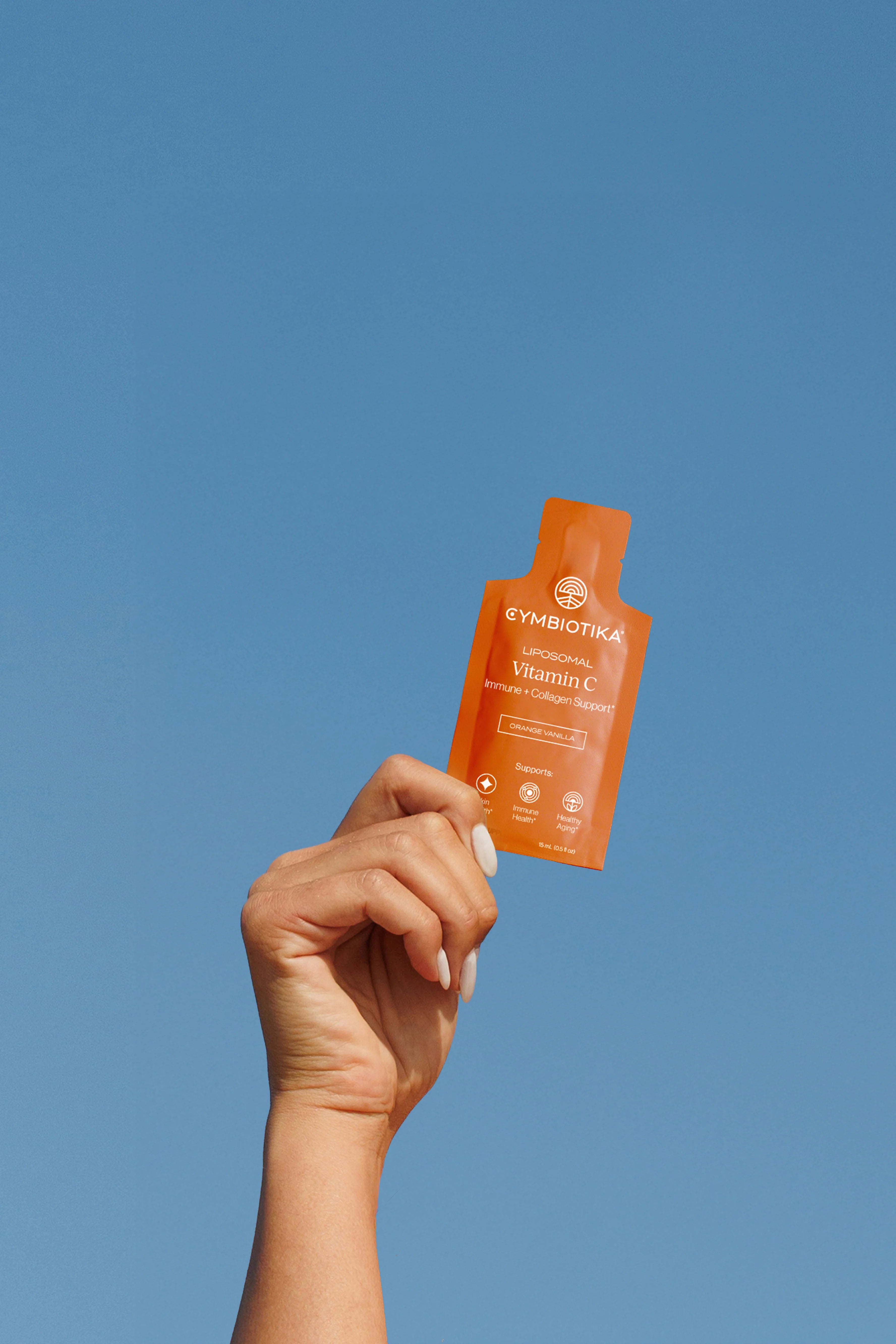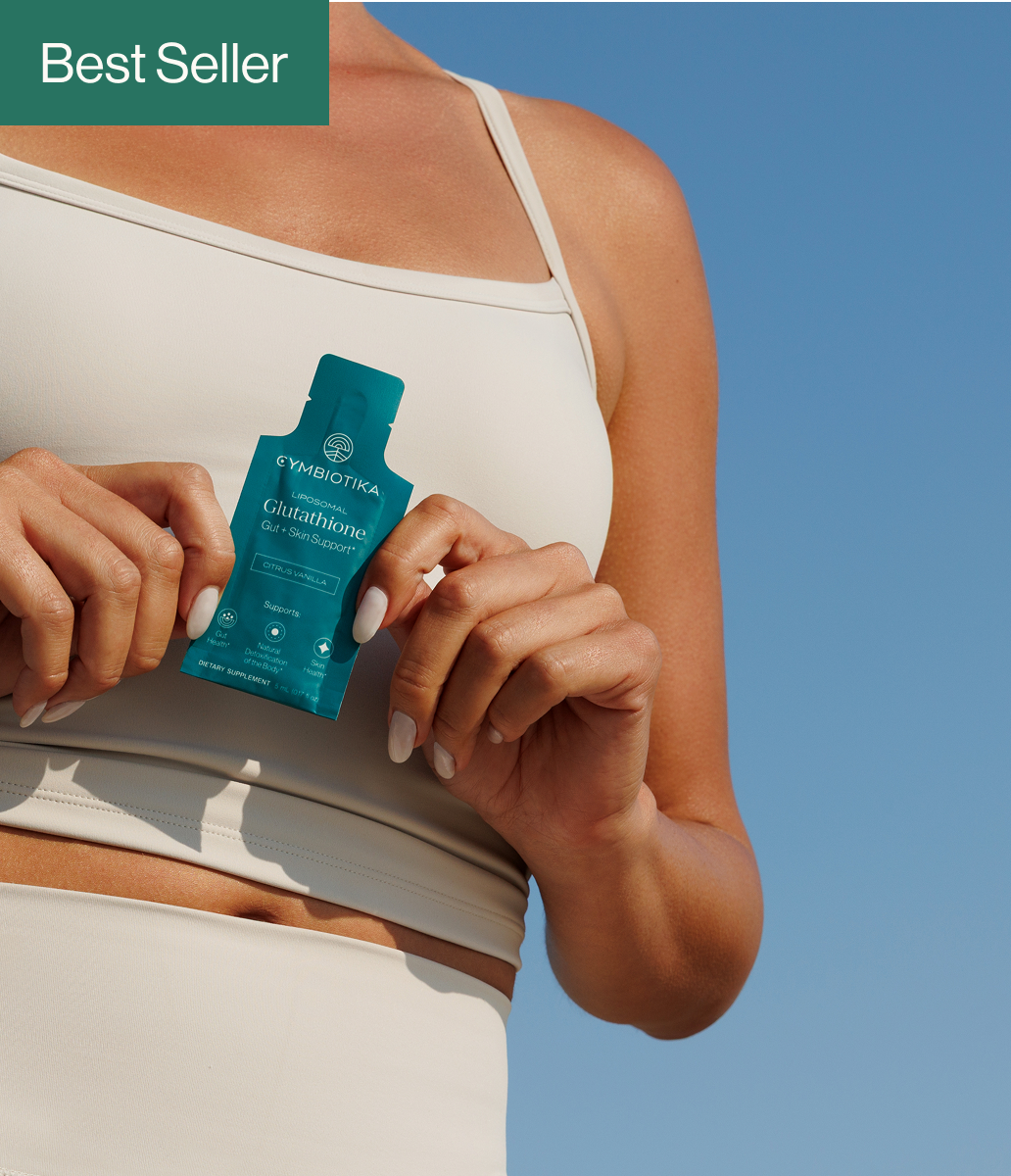Table of Contents
- Introduction
- Understanding Sugar Cravings
- How to Detox Sugar Cravings: Effective Strategies
- The Role of Supplements in Sugar Detox
- Conclusion
- FAQ
Introduction
Have you ever found yourself reaching for that extra cookie, even when you know you shouldn’t? You're certainly not alone. In fact, a staggering 70% of Americans report experiencing sugar cravings regularly. The sweet allure of sugar can be hard to resist, often leading us to consume far more than we need. But why do these cravings happen, and more importantly, how can we effectively manage and even detox from them? In this blog post, we’ll explore the science behind sugar cravings, practical strategies to help you detox, and how we at Cymbiotika can assist you on your wellness journey.
Sugar is not just a harmless treat; it can activate the brain's reward system similarly to addictive substances. This makes managing our sugar intake a challenging endeavor. Studies show that the average American consumes approximately 22 teaspoons of added sugar each day, far exceeding the recommended limits set by health authorities. We will delve into the reasons behind these cravings, the effects of excessive sugar consumption, and the steps we can take to regain control over our dietary choices.
By the end of this post, you'll have a better understanding of how to detox sugar cravings, practical tips to implement in your daily life, and insights into how our science-backed supplements can support your journey towards a healthier lifestyle. Together, we will explore actionable steps that can lead you to a more balanced and fulfilling relationship with food.
Understanding Sugar Cravings
What Are Sugar Cravings?
Sugar cravings are intense desires for sweet foods, often accompanied by a sense of urgency. They can be triggered by various factors, including emotional states, hormonal fluctuations, and dietary habits. Understanding the underlying mechanisms of these cravings is crucial for effective management.
The Science Behind Sugar Cravings
Sugar activates the brain's pleasure centers, releasing neurotransmitters like dopamine, which contribute to feelings of happiness and satisfaction. This pleasure response can lead to a cycle of seeking out sugary foods, reinforcing cravings over time. When we consume sugar, our blood glucose levels spike, followed by a rapid drop that often leaves us feeling fatigued and craving more sugar to regain that energy boost.
Research indicates that sugar can influence the brain's reward system in ways similar to drugs of abuse, creating a cycle of dependency. Moreover, emotional triggers such as stress or anxiety can further exacerbate these cravings, making it essential to address both the physiological and psychological aspects.
The Impact of Sugar on Our Health
While sugar can provide a quick source of energy, excessive consumption can lead to a range of health issues, including:
- Weight Gain: High sugar intake contributes to obesity, as sugary foods are often calorie-dense and nutrient-poor.
- Increased Risk of Chronic Diseases: Regular consumption of added sugars is linked to conditions such as type 2 diabetes, heart disease, and fatty liver disease.
- Mood Fluctuations: The rapid spikes and crashes in blood sugar can lead to mood swings, irritability, and fatigue.
Understanding these impacts motivates many individuals to seek ways to detox from sugar cravings.
How to Detox Sugar Cravings: Effective Strategies
1. Start with a Self-Assessment
Before embarking on a sugar detox, it’s vital to assess your current relationship with sugar. Consider keeping a food journal for a week to track your sugar intake and notice patterns. Ask yourself:
- How often do I crave sugar?
- What emotional states trigger these cravings?
- Do I reach for sugary foods when I'm stressed or tired?
This self-awareness will help you identify triggers and establish a plan for change.
2. Gradual Reduction
Instead of going cold turkey, which can lead to withdrawal symptoms, consider gradually reducing your sugar intake. Start by eliminating obvious sources of added sugars, such as sugary drinks, candy, and desserts. Over time, you can also cut back on hidden sugars found in processed foods.
Tip: Aim for a maximum of 6 teaspoons of added sugar per day for women and 9 teaspoons for men, as recommended by the American Heart Association.
3. Focus on Whole Foods
Transitioning to a diet rich in whole, unprocessed foods can significantly reduce cravings. Whole foods are nutrient-dense and provide the body with essential vitamins and minerals, which help stabilize blood sugar levels. Incorporate:
- Fruits and Vegetables: These are naturally sweet and packed with fiber, vitamins, and minerals.
- Lean Proteins: Foods like chicken, fish, eggs, and legumes help keep you full and satisfied.
- Healthy Fats: Incorporate sources like avocados, nuts, and olive oil to enhance satiety.
By prioritizing whole foods, we nourish our bodies and support balanced energy levels, reducing the likelihood of sugar cravings.
4. Stay Hydrated
Sometimes, our bodies confuse thirst with hunger, leading us to crave sugary snacks. Staying well-hydrated can help curb these cravings. Aim for at least 64 ounces of water daily, and consider drinking a glass of water when a sugar craving strikes. You might find that your body just needed hydration rather than sugar.
5. Regular Meals and Snacks
Skipping meals can lead to intense cravings later in the day. To maintain stable blood sugar levels, aim to eat regular meals and healthy snacks throughout the day. Focus on balanced meals that include a mix of protein, healthy fats, and complex carbohydrates to keep you satisfied.
Practical Tip: Prepare snacks in advance, such as sliced vegetables with hummus or a handful of nuts, to avoid reaching for sugary options when hunger strikes.
6. Mindful Eating
Practicing mindfulness during meals can help you develop a healthier relationship with food. Take time to savor each bite, and pay attention to hunger and fullness cues. This practice can reduce emotional eating and help you make more conscious choices.
7. Incorporate Physical Activity
Exercise is a powerful tool for managing cravings. Physical activity helps regulate blood sugar levels and releases endorphins, which can improve mood and reduce the urge to reach for sugary foods. Aim for at least 150 minutes of moderate-intensity exercise each week, incorporating activities you enjoy.
8. Get Adequate Sleep
Lack of sleep can disrupt hunger hormones, leading to increased cravings for sugar and unhealthy foods. Prioritize a consistent sleep schedule, aiming for 7-9 hours of quality sleep each night to help regulate appetite and cravings.
9. Seek Support
Embarking on a sugar detox journey can be challenging, but you don’t have to do it alone. Seek support from friends, family, or a registered dietitian who can provide guidance and encouragement. At Cymbiotika, we believe in empowering our community, and our AI quiz can help you determine the best supplements to support your wellness journey. Take the quiz here.
The Role of Supplements in Sugar Detox
1. Science-Backed Support
At Cymbiotika, we are dedicated to providing high-quality, science-backed supplements that can support your detox journey. Our formulations are designed with advanced liposomal delivery for optimal bioavailability, ensuring you receive the nutrients your body needs.
2. Key Supplements to Consider
While no supplement can replace a healthy diet, certain nutrients may help support your body during a sugar detox:
- Chromium: This mineral may help regulate blood sugar levels, potentially reducing cravings for sweets.
- Magnesium: Adequate magnesium levels are essential for energy production and can help reduce fatigue, which often triggers sugar cravings.
- B Vitamins: These vitamins play a crucial role in energy metabolism and can support mood regulation.
Explore our collection of supplements designed to support your wellness journey [here](link to the collection).
Conclusion
Detoxing from sugar cravings is a journey that requires patience, self-awareness, and commitment. By understanding the science behind cravings and implementing practical strategies, we can regain control over our dietary choices and foster a healthier relationship with food.
At Cymbiotika, we believe that wellness starts with trust, transparency, and high-quality, science-backed ingredients. We are here to empower you on your journey towards improved health and well-being. If you're ready to take the first step, consider taking our AI quiz to find the best supplements for your needs, and explore our collection of products designed to support your wellness goals.
FAQ
How long does it take to detox from sugar?
The timeline for detoxing from sugar varies by individual. Some may notice a reduction in cravings within a week, while others may take longer. Generally, it takes about two to four weeks for sugar cravings to diminish significantly.
What foods can help with sugar cravings?
Focusing on whole foods rich in fiber, protein, and healthy fats can help manage sugar cravings. Foods like fresh fruits, vegetables, nuts, seeds, and lean proteins provide essential nutrients and can help keep you satisfied.
Are there side effects of cutting out sugar?
Some individuals may experience withdrawal symptoms, such as irritability, fatigue, and cravings, when reducing sugar intake. These symptoms typically subside within a few days to a week as the body adjusts.
Can I still enjoy sweets occasionally?
Yes! The goal is not to eliminate sugar completely but to create a sustainable, balanced approach to eating. Allowing yourself occasional treats can help prevent feelings of deprivation and promote a healthier relationship with food.
How do I stay motivated during a sugar detox?
Set realistic goals, track your progress, and celebrate small victories along the way. Surround yourself with supportive individuals, and consider seeking professional guidance from a registered dietitian or health coach.
*These statements have not been evaluated by the Food and Drug Administration. This product is not intended to diagnose, treat, cure, or prevent any disease.























